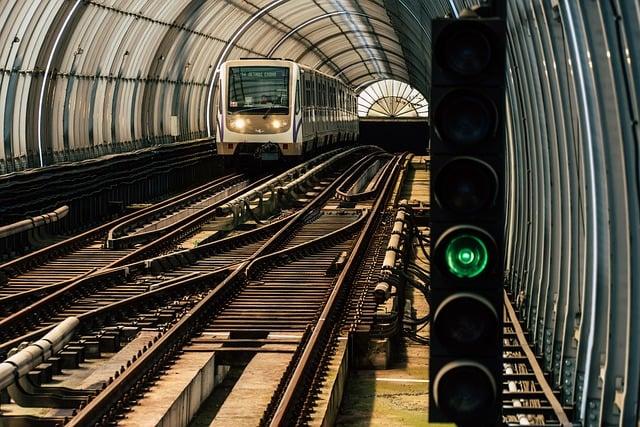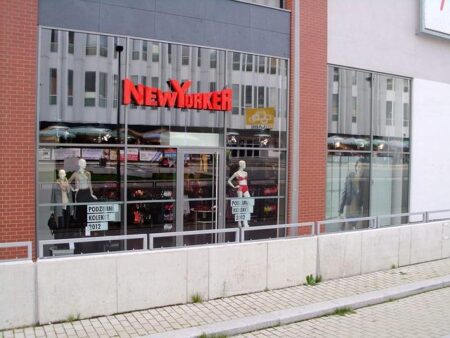The Vital Role of Subway Conductors in Urban Transit: Challenges and Solutions for Retention
Subway Conductors: The Human Pillar of Safe and Reliable Transit
Subway conductors serve as the indispensable human component in the complex ecosystem of metropolitan transit networks. Despite the surge in automation and driverless train technologies, the expertise and vigilance of conductors remain critical for managing unexpected situations, ensuring passenger safety, and facilitating seamless communication between train operators and control centers. Their responsibilities transcend routine tasks, positioning them as the frontline guardians of millions of daily commuters.
Key advantages of retaining skilled subway conductors include:
- Heightened safety protocols: Immediate intervention during medical or operational emergencies
- Passenger support: Assisting travelers, particularly during service interruptions or disruptions
- Operational agility: Real-time adjustments to route changes and technical malfunctions
| Function | Automated Systems | Subway Conductors |
|---|---|---|
| Emergency Response | Alert notifications only | Direct and immediate action |
| Customer Engagement | Nonexistent | Personalized communication |
| Operational Flexibility | Fixed programming | Adaptive decision-making on the spot |
Contemporary Challenges Confronting Subway Conductors
In the rapidly evolving landscape of urban transit, subway conductors face mounting obstacles that complicate their roles. The push towards driverless trains, aimed at reducing operational costs, often sidelines the critical human oversight necessary for passenger safety and emergency management. Additionally, workforce reductions have increased the workload on remaining conductors, who must balance heightened customer service expectations with operational demands. This dynamic creates a challenging environment where efficiency and empathy must coexist.
Primary challenges include:
- The diminishing scope of traditional roles due to automation
- Escalating security risks requiring constant vigilance
- Growing public scrutiny and accountability pressures
- Skills gaps intensified by rapid technological advancements
- Work-related stress stemming from extended hours and understaffing
| Challenge | Effect on Conductors | Current Mitigation Efforts |
|---|---|---|
| Automation | Reduced job scope | Comprehensive retraining initiatives |
| Security Threats | Heightened alertness required | Deployment of advanced surveillance technologies |
| Public Accountability | Increased performance pressure | Implementation of real-time feedback platforms |
Enhancing Safety and Job Fulfillment for Subway Conductors
Prioritizing the health and satisfaction of subway conductors is essential for sustaining a dependable transit system. This involves instituting rigorous safety protocols that surpass minimum standards, such as frequent emergency preparedness drills and integrating cutting-edge monitoring systems within operator cabins. Cultivating an environment where conductors can report hazards without fear of retaliation is equally important. Beyond safety, boosting job satisfaction through personalized career development, adaptable work schedules, and comprehensive mental health resources is vital for retaining experienced staff.
Innovative approaches to improve conductor welfare include:
- Designing ergonomically optimized operator cabins to alleviate physical strain
- Implementing shift rotations to reduce fatigue and promote work-life harmony
- Establishing peer support networks and providing access to professional counseling
- Launching recognition programs that honor long-term commitment and outstanding performance
| Initiative | Expected Outcome | Rollout Schedule |
|---|---|---|
| Enhanced Safety Drills | Faster and more effective emergency responses | Quarterly |
| Flexible Work Hours | Lower burnout rates | Within 6 months |
| Mental Health Support | Reduced absenteeism and improved morale | Ongoing |
Policy Initiatives to Sustain and Empower Subway Conductors
To effectively retain subway conductors, transit agencies must develop holistic support frameworks tailored to the unique demands of their roles. Flexible scheduling options can alleviate work-life balance challenges, while expanded mental health services address the psychological toll of the job. Career advancement programs that encourage skill enhancement and clear promotion pathways foster loyalty and professional growth.
Monetary incentives also play a crucial role in retention strategies, including:
- Competitive salary adjustments aligned with inflation and living costs
- Performance-based bonuses tied to safety records and customer satisfaction
- Comprehensive benefits packages encompassing healthcare, retirement plans, and transit subsidies
Combining these financial rewards with a supportive organizational culture is key to maintaining a motivated and stable workforce that ensures the smooth operation of urban subway systems.
Conclusion: Securing the Future of Urban Transit Through Conductor Retention
As metropolitan areas increasingly depend on subways to transport millions daily, safeguarding the retention of experienced conductors is paramount. Addressing their concerns through fair compensation, robust support systems, and safe working environments not only protects these vital employees but also preserves the reliability and safety of public transit networks. Retaining subway conductors transcends labor considerations-it is fundamental to sustaining the efficiency and security that underpin modern urban mobility.













